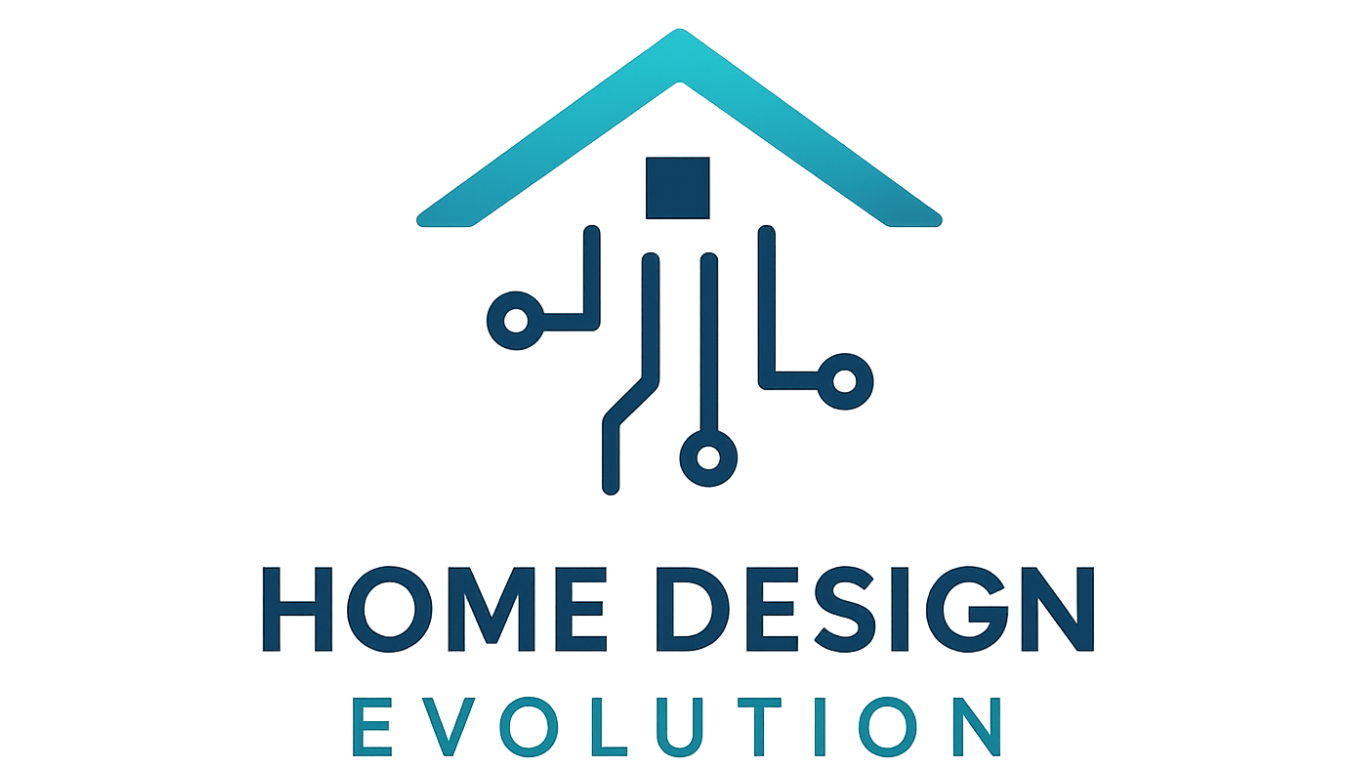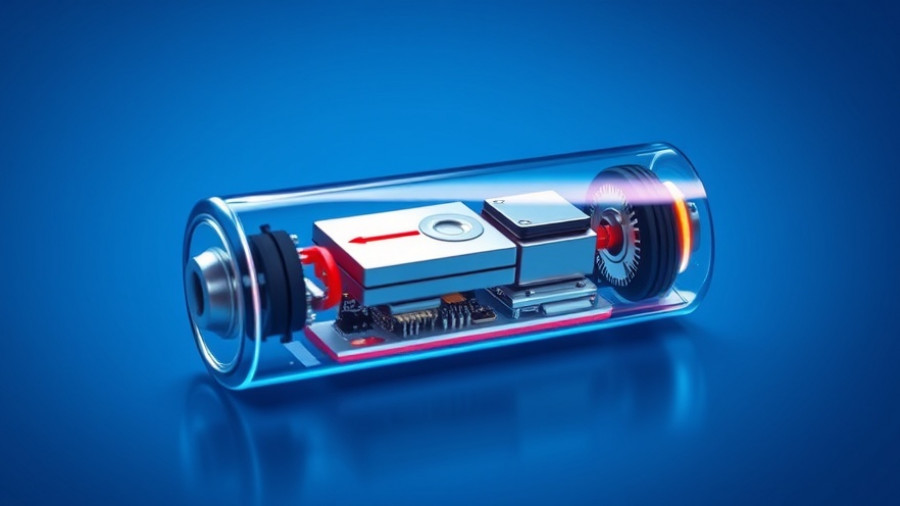
The Vision of a Clean Energy Future
Imagine a world where the energy we rely on comes not from finite fossil fuels, but directly from the sun—captured and beamed down to us from space. Thanks to advancements in reusable rocket technology, this once sci-fi dream is getting a fresh look. Aetherflux, a start-up company, is spearheading this charge with a game-changing approach to space-based solar power that could reshape our energy landscape.
In 'The Wild Plan to Power Earth with Lasers', the discussion dives into innovative ways to beam clean energy from space to Earth, exploring key insights that sparked deeper analysis on our end.
Breaking Down the Concept of Space-Based Solar Power
With the swift evolution of technology, the idea of harnessing sunlight in outer space and transmitting it to Earth has shifted from the impractical to the plausible. Solar panels could be stationed in geostationary orbit, continuously soaking up sunlight without the interruptions caused by weather or nighttime. Aetherflux, however, proposes a more manageable option: smaller satellites operating in low Earth orbit (LEO). This strategy significantly reduces costs and complexity by allowing the company to deploy multiple satellites that beam energy directly to designated receivers below.
The Revolutionary Potential of Laser Technology
Unlike traditional microwave-based systems that once dominated the conversation, Aetherflux is opting for laser power transmission. This shift could deliver energy with pinpoint accuracy and a smaller environmental footprint. By converting sunlight into high-powered lasers, energy can be transmitted to compact receivers—about the size of a couple of parking spaces—making it feasible to deliver power to remote locations and disaster zones where traditional infrastructure fails to exist.
Practical Applications: More Than Just a Pipe Dream
One of the more compelling aspects of Aetherflux's plan is its potential impact on military and humanitarian operations. In conflict zones, transporting fuel can be perilous and costly. By providing on-demand power directly from space, Aetherflux could drastically reduce the risks associated with fuel convoys, potentially enhancing the safety of service members while simultaneously decreasing logistics costs. Additionally, during natural disasters or crises, immediate access to power could facilitate relief efforts, bringing vital resources to affected communities much quicker than current methods allow.
The Challenges Ahead: Is This Feasible?
Despite the excitement surrounding Aetherflux's innovations, there are significant hurdles to overcome. The technical challenges of ensuring precision transmission over long distances cannot be understated. Each satellite needs to aim its laser with incredible accuracy, while also adapting to changing atmospheric conditions, which can scatter laser beams and decrease efficiency. Though Aetherflux is confident in its modular approach, critics emphasize that laser power transmission, while promising, will face inherent inefficiencies compared to its microwave predecessors.
Cost vs. Efficiency: Is Space Solar Economically Viable?
Historically, space-based solar power has struggled to compete with cheap, ground-based solar solutions. Yet, as Aetherflux gears up for a proof-of-concept demonstration by 2026, it remains to be seen whether their approach can offer an economically viable alternative. Preliminary studies suggest that once the technology matures, the cost of produced energy could become competitive, especially in markets devoid of adequate solar infrastructure. Even the Department of Defense has recognized this potential, pledging funding for Aetherflux to explore its technology further.
Environmental Considerations and the Path Forward
As we contemplate the potential of space-based solar power, we must also consider environmental implications. While the prospect of harnessing solar energy without geographical limitations is appealing, the environmental impact of launching and maintaining fleets of satellites can't be ignored. Ensuring that these endeavors do not exacerbate space debris pollution will be essential in shaping a responsible teen for future energy infrastructure.
Conclusion: Embracing Innovation for Sustainable Living
The vision of sending solar power from space may still seem outlandish, but Aetherflux representation shines a spotlight on the revolutionary potential of technology to transform our approach to sustainability. As environmentally conscious homeowners contemplate integrating sustainable practices into their routines, developments like these offer more than just a glimpse of what could be; they showcase actionable steps toward a cleaner, renewable future. So, are you ready to embrace these innovations and explore sustainable energy solutions as they unfold in our lifetime?
 Add Row
Add Row  Add
Add 



Write A Comment